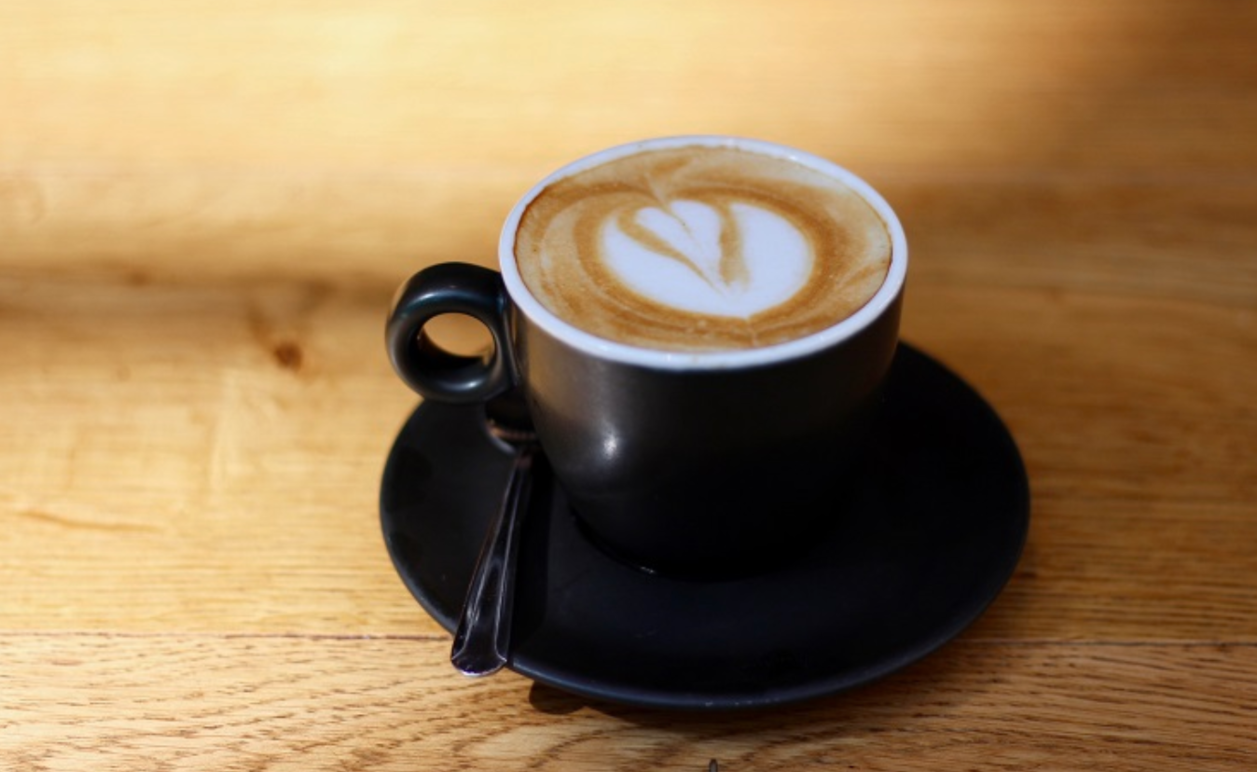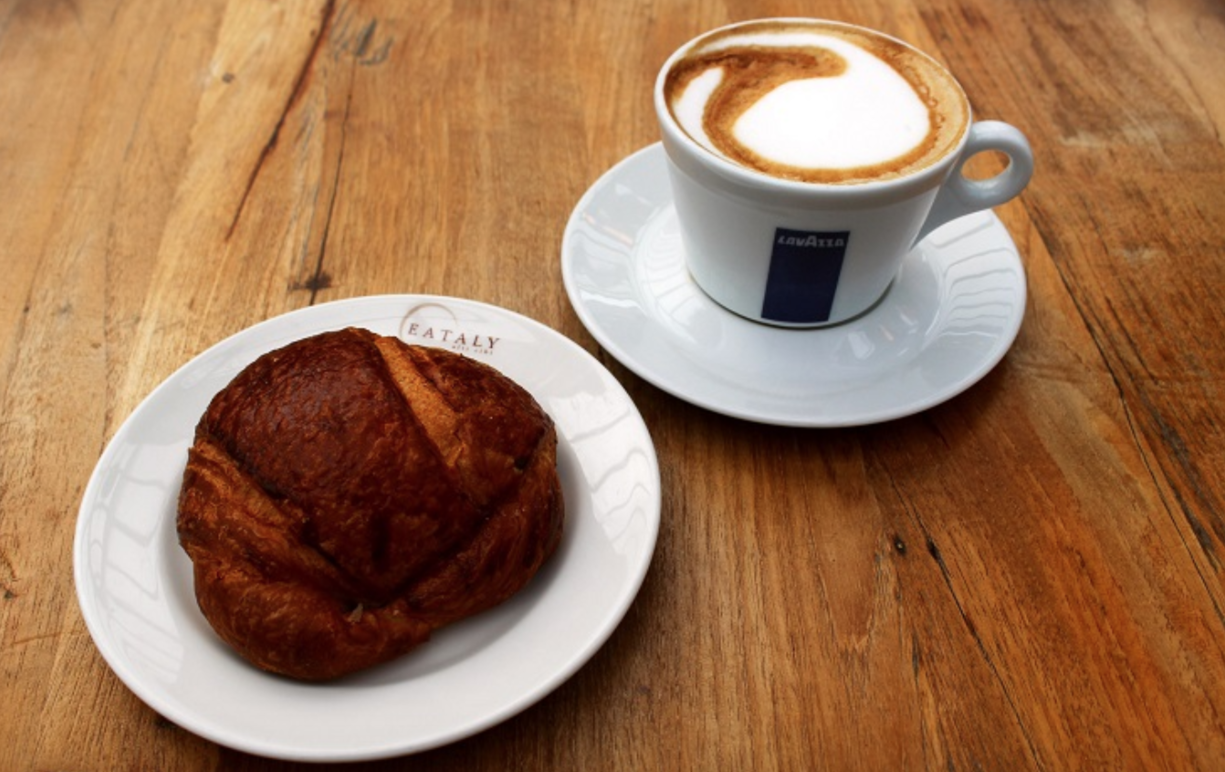The Art of Cappuccino
Frothy and rich, cappuccino is one of the most popular coffee drinks to date. But how did this beloved coffee get its start? Read on coffee lovers!
In Italian, cappuccino literally means "little hood." Legend has it that the popular drink gets its name from the Capuchin friars, who wore hooded robes. Their humble attire had a distinctive reddish-brown color – a similar hue that espresso takes when milk is added to it. While nobody knows who came up with this name, one thing is certain: the Capuchin monks.
Surprisingly, the world's first cappuccino was not served in Italy! It was born in Vienna, Austria where it was served throughout coffee houses during the 1700s. Known as kapuziner, it was made not with milk, but with cream and sugar. Today, this style of coffee is known as Viennese coffee.
The first mentionings of cappuccino in Italy didn't happen until the 1930s, where it was depicted Viennese-style: coffee topped with whipped cream and a sprinkling of cinnamon and chocolate. Since then, the beloved coffee drink has evolved. Nowadays cappuccini in Italy are made with one shot of espresso, hot foamed milk, and on occasion, a dash of cocoa powder. It is almost always served in one size cup and there are no medium, smalls, or large.
Italians typically enjoy their cappuccino in the morning as part of their breakfast. In fact, if you order a cappuccino in Italy after 11 a.m. and you'll likely get a strange look since the milk-based drink is considered too heavy to enjoy after a large meal. Better to stick to espresso instead!
------
Curious to learn more about Italian coffee? Explore our guide to Italian coffee culture on Eataly web site!




































i-Italy
Facebook
Google+
This work may not be reproduced, in whole or in part, without prior written permission.
Questo lavoro non può essere riprodotto, in tutto o in parte, senza permesso scritto.